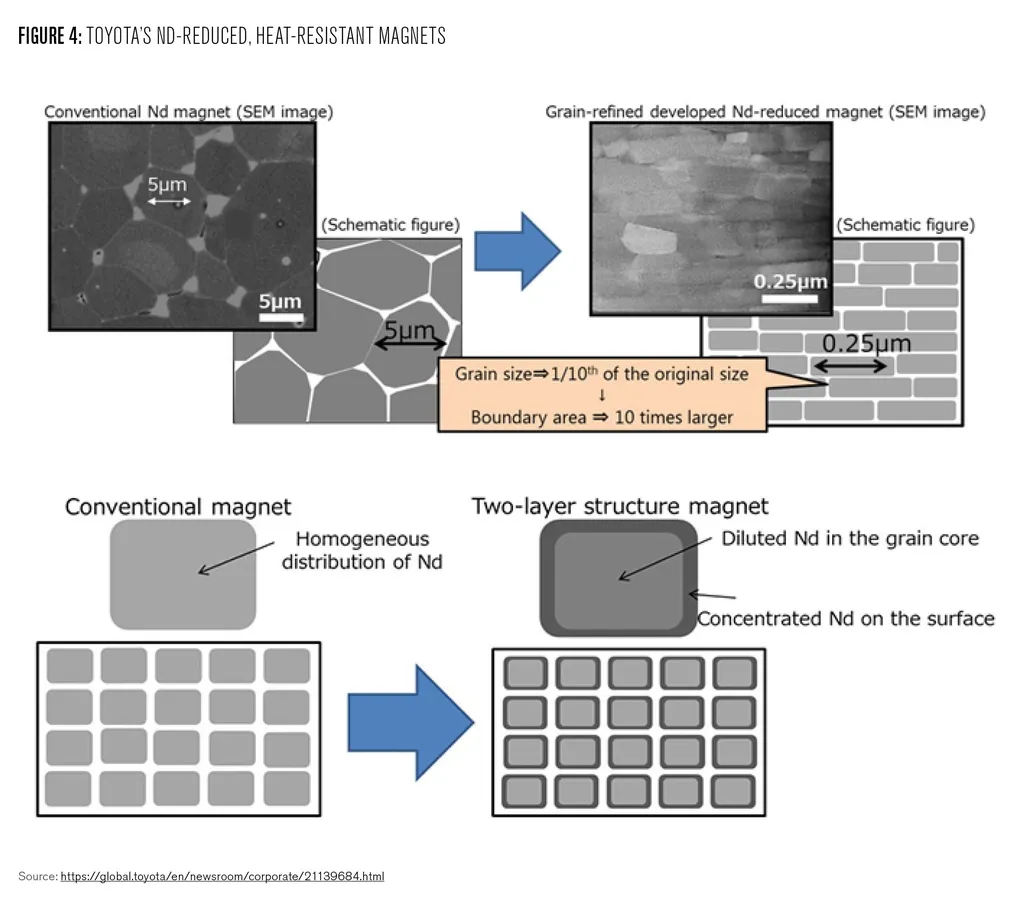In a breakthrough that could significantly impact the energy sector, researchers have discovered a novel way to enhance the longevity of heat-resistant steels used in ultra-supercritical thermal power systems. The study, led by Li Gen from the Research Institute of Special Steel at the Central Iron and Steel Research Institute in Beijing, along with collaborators from the University of Science and Technology Beijing, focuses on the effects of rare earth elements on the precipitation phases of T91 heat-resistant steel during the aging process.
T91 steel, known for its excellent high-temperature performance, is widely used in power plants. However, its long-term service life is often compromised by creep performance degradation due to phase precipitation and microstructure instability. The research team systematically investigated the impact of adding rare earth elements (Ce+Y) in varying concentrations (0%, 0.027%, and 0.064%) on the precipitation phases evolution of T91 steel during aging at 550°C.
Using advanced characterization techniques like SEM and TEM, the team revealed that the addition of rare earth elements promotes the enrichment of Ce and V in the M23C6 phase, both around and inside. This enrichment restricts the coarsening of precipitated phases by hindering the diffusion of Cr in the matrix. “The coarsening coefficient of the M23C6 phase decreases by 52% during the 3,000-hour aging process,” noted Li Gen, the lead author of the study. This significant reduction in coarsening suggests a substantial improvement in the steel’s microstructural stability.
Moreover, the study found that the number density of the MX phase increased by 32% through modified inclusions by rare earth elements. This increase remained unchanged even after aging for 3,000 hours, indicating that rare earth elements inhibit dislocation recovery. “This study confirms that rare earth microalloying is an effective strategy to improve the high-temperature microstructural stability of martensitic steels,” added Li Gen.
The implications of this research are profound for the energy sector. By enhancing the microstructural stability of T91 steel, power plants can expect longer service life and improved performance of their ultra-supercritical thermal power systems. This could lead to more efficient energy production and reduced maintenance costs, ultimately benefiting both the industry and consumers.
The findings were published in the journal ‘Teshugang’, which translates to ‘Heat Treatment’ in English. This research not only provides a theoretical basis for designing next-generation, long-life, high-strength heat-resistant steels but also opens up new avenues for exploring the potential of rare earth elements in enhancing the performance of materials used in extreme environments.
As the energy sector continues to evolve, innovations like this are crucial for meeting the growing demand for efficient and reliable power generation. The study by Li Gen and his team represents a significant step forward in this direction, offering a promising solution to one of the key bottlenecks limiting the service life of heat-resistant steels.

